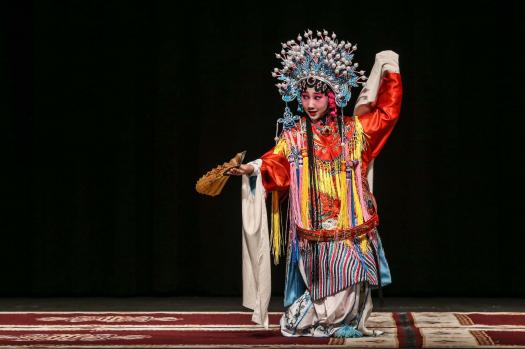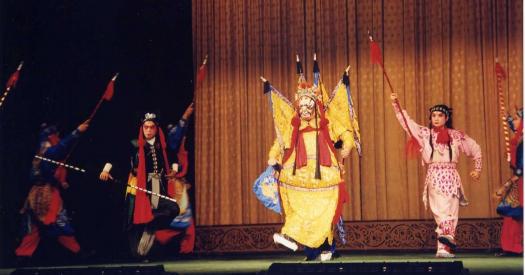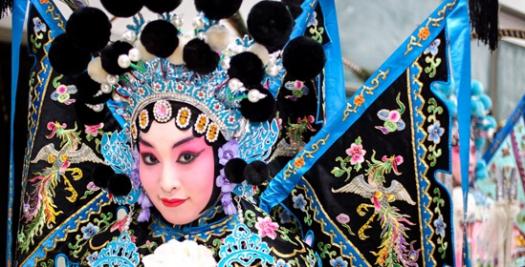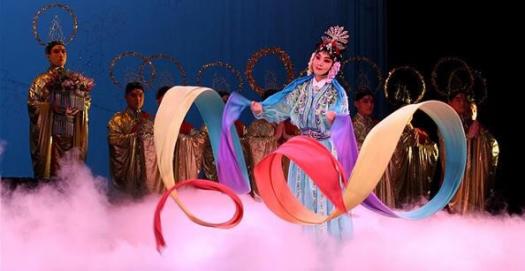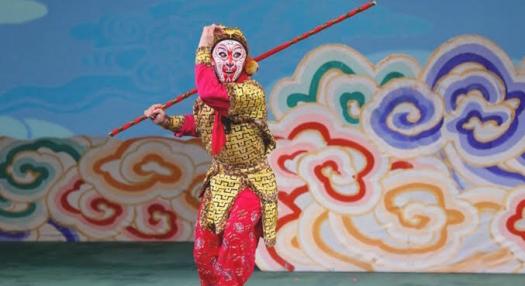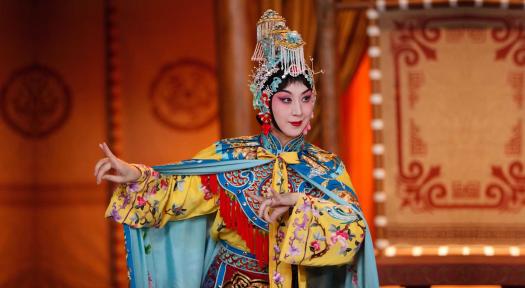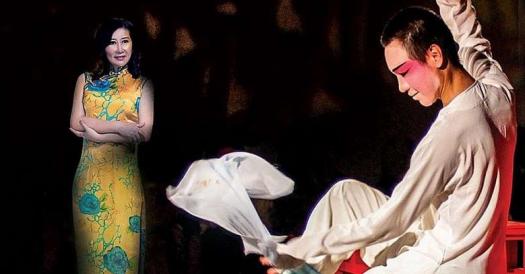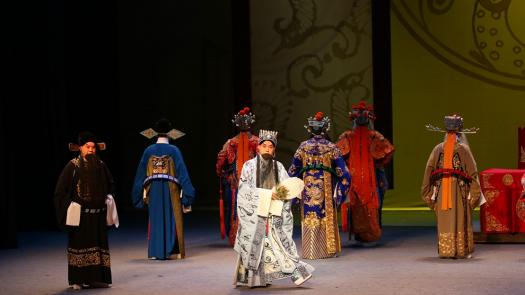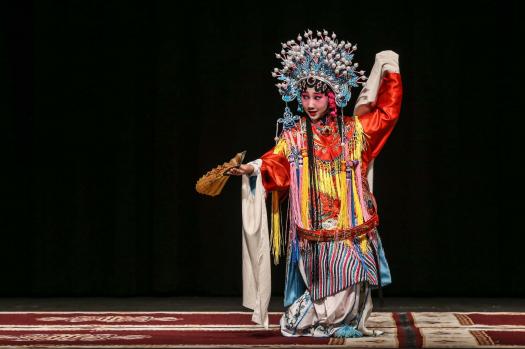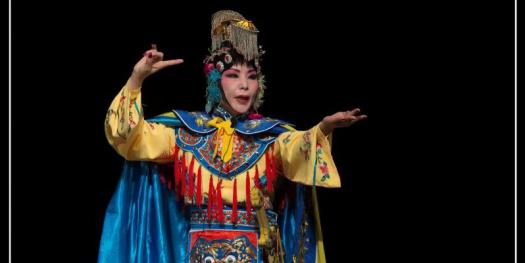The History Behind Pecking Opera

Peking opera, which is also widely referred to as Beijing opera is the most dominant form of Chinese opera. The performance combines activities such as music, vocal performance, mime, dance and acrobatics. It arose in Beijing in 1636–1912 and by the mid-19th century, it had become well known, recognized and appreciated for the cultural heritage and Chinese national treasure that it is.
- 1.
The pecking opera was first established in what country?
- A.
Taiwan
- B.
China
- C.
Nigeria
- D.
India
Correct Answer
B. ChinaExplanation
The correct answer is China. The pecking opera, also known as Peking opera, originated in China during the late 18th century. It is a traditional form of Chinese theater that combines singing, dancing, acrobatics, and martial arts. The opera is characterized by its vibrant costumes, elaborate makeup, and distinctive vocal style. It has a rich history and is considered one of the cultural treasures of China.Rate this question:
-
- 2.
Which year did the training of pecking opera started formally?
- A.
1993
- B.
1911
- C.
1921
- D.
1922
Correct Answer
B. 1911Explanation
In 1911, the training of pecking opera started formally.Rate this question:
-
- 3.
The first female performance troupe was founded in what year?
- A.
1888
- B.
1895
- C.
1882
- D.
1892
Correct Answer
B. 1895Explanation
In 1895, the first female performance troupe was founded. This marked a significant milestone in the history of women's involvement in the performing arts. It provided women with a platform to showcase their talents and challenge traditional gender roles. This event paved the way for future generations of female performers and contributed to the ongoing fight for gender equality in the entertainment industry.Rate this question:
-
- 4.
The pecking opera was originated in what century?
- A.
15th
- B.
18th
- C.
12th
- D.
13th
Correct Answer
B. 18thExplanation
The correct answer is 18th. The pecking opera originated in the 18th century.Rate this question:
-
- 5.
The pecking opera originated in which of these places?
- A.
Beijing
- B.
Ahui province
- C.
Imperial court
- D.
Vietnam
Correct Answer
A. BeijingExplanation
The correct answer is Beijing. The pecking opera originated in Beijing, China. It is a traditional Chinese opera that combines singing, dancing, acrobatics, and martial arts. It has a long history and is considered one of the cultural treasures of China.Rate this question:
-
- 6.
The young female warriors are called?
- A.
Loadan
- B.
Daomadan
- C.
Naruto
- D.
Himarawawi
Correct Answer
B. DaomadanExplanation
The correct answer is Daomadan. In some cultures and societies, young female warriors are referred to as Daomadan. This term is specific to the context of young female warriors and is not applicable to other options such as Loadan, Naruto, or Himarawawi.Rate this question:
-
- 7.
The red color worn by the pecking opera dancers symbolizes what?
- A.
Harsh and cruel
- B.
Uprightness and loyalty
- C.
Good health
- D.
Fortune
Correct Answer
B. Uprightness and loyaltyExplanation
The red color worn by the pecking opera dancers symbolizes uprightness and loyalty. In Chinese culture, red is considered a symbol of good luck, happiness, and prosperity. The use of red in the costumes of pecking opera dancers represents their loyalty and commitment to their art form. It also signifies their dedication to upholding traditional values and principles. The vibrant red color adds to the visual appeal of the performance and enhances the overall atmosphere of the opera.Rate this question:
-
- 8.
How many drama troupes from Anhui province entered the capital?
- A.
Six
- B.
Two
- C.
Four
- D.
Eight
Correct Answer
C. FourExplanation
Four drama troupes from Anhui province entered the capital.Rate this question:
-
- 9.
The Dan role is for?
- A.
Women
- B.
Children
- C.
Men
- D.
Chengs
Correct Answer
A. WomenExplanation
The Dan role is typically played by women in traditional Chinese opera. This role involves portraying female characters and requires a high-pitched voice and graceful movements. Women have historically played this role because it was believed that they could better embody the femininity and delicacy required for the characters.Rate this question:
-
- 10.
The famous of the Qing-dynasty private tea house theaters is at which of these princes residence?
- A.
Prince Long
- B.
Prince Tchan
- C.
Prince Gong
- D.
Xiexie
Correct Answer
C. Prince GongExplanation
Prince Gong is the correct answer because he was known for his famous private tea house theaters during the Qing dynasty. He was a prominent prince and statesman who had a deep interest in the arts, particularly theater and opera. Prince Gong's residence was a hub for cultural activities, and his private tea house theaters were renowned for their performances and gatherings of intellectuals and artists.Rate this question:
-
Quiz Review Timeline +
Our quizzes are rigorously reviewed, monitored and continuously updated by our expert board to maintain accuracy, relevance, and timeliness.
-
Current Version
-
Mar 22, 2023Quiz Edited by
ProProfs Editorial Team -
Apr 26, 2019Quiz Created by
AdewumiKoju
 Back to top
Back to top



